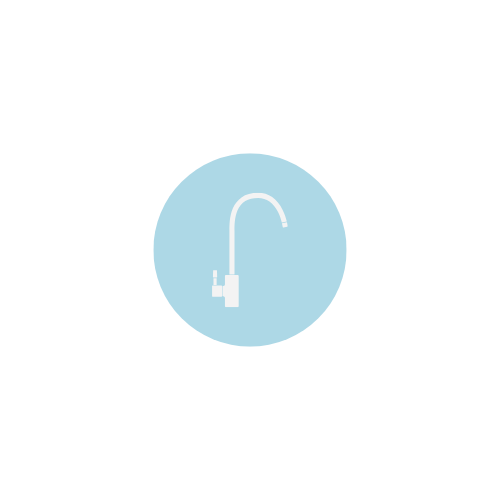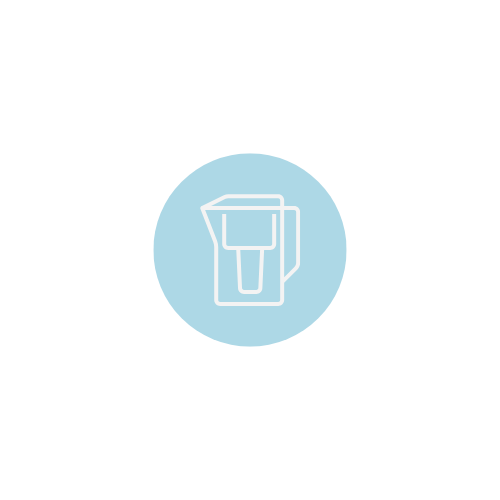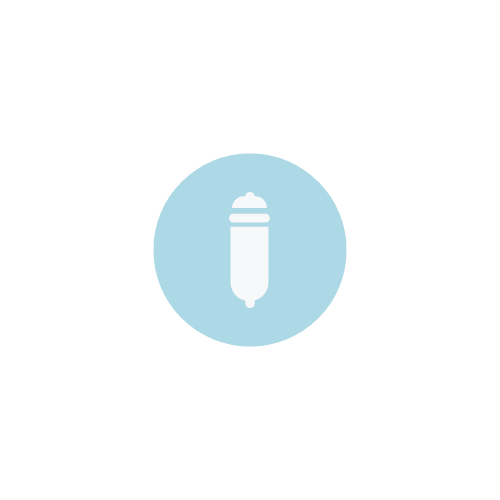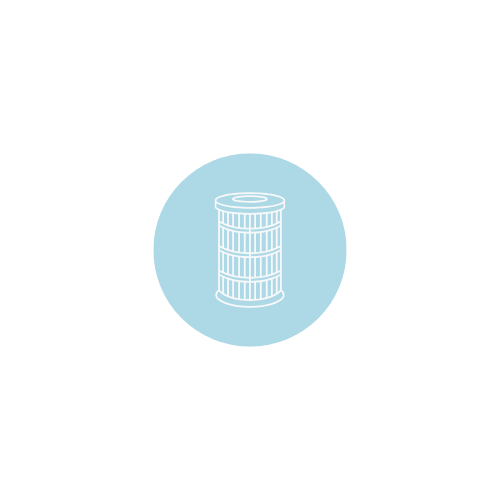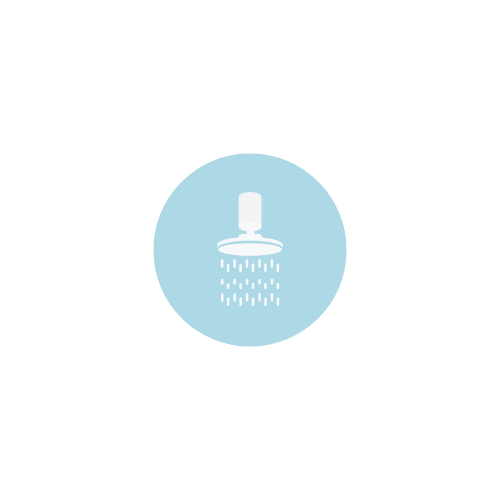

Nitrates in New Zealand Drinking Water: Time for a Fresh Look
 Looking back at our history, nitrate levels in New Zealand water were once almost zero. Over the decades, farming pressure has pushed them higher — first noticed in the 1980s and 1990s, then steadily through the 2000s and into today. Most rural bores now sit between 2–3 mg/L, with hotspots like Canterbury reaching 50 mg/L. Against the EWG health goal of just 0.14 mg/L, the change is clear: nitrates are now present in our drinking water at levels far above what either nature or modern science consider safe.
Looking back at our history, nitrate levels in New Zealand water were once almost zero. Over the decades, farming pressure has pushed them higher — first noticed in the 1980s and 1990s, then steadily through the 2000s and into today. Most rural bores now sit between 2–3 mg/L, with hotspots like Canterbury reaching 50 mg/L. Against the EWG health goal of just 0.14 mg/L, the change is clear: nitrates are now present in our drinking water at levels far above what either nature or modern science consider safe.
Why Nitrates Matter
Nitrates (NO₃⁻) are nutrients that seep into water from fertilizers and livestock waste. A little is natural, but in a farming-intensive country like New Zealand, levels can rise much higher than background. Once in the body, nitrates can convert into nitrites, which may interfere with how our blood carries oxygen and can also play a role in longer-term health issues.
Two Ways of Measuring (and Why It’s Confusing)
You’ll often see two different numbers for nitrates:
- Nitrate (NO₃): Measures the whole compound.
- Nitrate-N: Measures just the nitrogen part.
They’re linked: Nitrate = Nitrate-N × 4.43.
For example, 11.3 mg/L nitrate-N = 50 mg/L nitrate.
In this article, we’ll stick with nitrate (mg/L as NO₃) to keep things simple.
The Old NZ Standard (and Where It Came From)
New Zealand’s Maximum Acceptable Value (MAV) is 50 mg/L nitrate. This was set decades ago by adopting World Health Organization guidance. The focus then was on preventing “blue baby syndrome”, an acute infant event where babies fed formula made with high-nitrate water can suddenly lose oxygen in their blood, turning blue or grey and facing breathing difficulties.
Because case reports showed this happened above 50 mg/L, that limit became law. It still stands today. But it was never designed to protect against long-term, low-level risks for adults or older children. That’s why many experts now see it as outdated.
The EWG Health Standard
The Environmental Working Group (EWG) in the US has reviewed newer science and set a health-based guideline of 0.14 mg/L nitrate.
This comes from a one-in-a-million lifetime cancer risk threshold. Compared to New Zealand’s MAV, the EWG line is over 350 times stricter.
Nitrate Levels Across New Zealand (vs EWG 0.14 mg/L)
Almost everywhere in New Zealand exceeds the EWG health goal of 0.14 mg/L:
-
Canterbury (Selwyn / Ashburton-Hekeao Plains): Many shallow aquifers are rising; around 10% of wells test over 50 mg/L. Against EWG’s 0.14 mg/L, virtually every bore is high.
-
Southland (Gore): In 2025, the town supply spiked to about 50 mg/L, prompting a do-not-drink notice. Even after levels dropped, they still sat dozens of times higher than the EWG benchmark.
-
Waikato (horticultural & dairy zones): Several wells report 25–50 mg/L nitrate, hundreds of times over the EWG line.
-
Otago (Roxburgh, Lower Clutha, Taieri pockets): Some areas sit around 25 mg/L on average, still far above 0.14 mg/L.
-
Hawke’s Bay (Ruataniwha): Many bores show rising trends, with levels typically in the multi-mg/L range, all well above the EWG guideline.
-
Background levels: Even “clean” groundwater in New Zealand is usually 1–15 mg/L, already 10 to 100× higher than the EWG target.
Do Treatment Plants Remove Nitrate?
In short: no.
Most treatment plants in New Zealand are designed to kill microbes (like E. coli) and reduce chlorine by-products. They don’t remove nitrate. When levels climb, councils often blend sources or switch bores instead of filtering.
The only reliable ways to reduce nitrate at the tap are reverse osmosis, nitrate-selective ion exchange, or distillation. Jug filters or boiling won’t help.
Keeping Perspective
-
Acute risks (blue baby syndrome): Extremely rare today, and only at very high levels. That’s what the NZ MAV was designed to prevent.
-
Chronic, low-level risks: The concern now is mainly about bowel (colorectal) cancer and some pregnancy outcomes (like preterm birth). For any one person, the extra risk from nitrates is small. But because millions of New Zealanders drink this water and bowel cancer is already common (around 1 in 18 lifetime risk), even a small percentage increase can add up to hundreds of extra cases at a population level.
So it’s not about panic. It’s about making informed choices.
Wrap-Up
New Zealand’s nitrate standard was designed decades ago to prevent a rare infant condition, but modern science shows long-term risks may start at much lower levels.
If you want water that lines up with the latest science (EWG’s 0.14 mg/L guideline), you’ll need to test your supply and filter at home.
The technology exists. The choice is yours.
1. Nitrate-X Filter System
The Nitrate-X Filter System is a highly selective solution, specifically designed to target nitrates in your water. It uses advanced filtration media to reduce nitrate levels effectively without removing essential minerals like calcium and magnesium. This option is perfect for individuals whose primary concern is nitrate contamination and who want to maintain the water’s natural mineral balance.
Key Features:
- Selectively reduces nitrates while retaining beneficial minerals.
- Compact and easy to integrate into your existing setup.
- Ideal for regions where nitrate contamination is a primary concern.
2. PureRevive RO System
The PureRevive RO System offers a comprehensive approach to water purification, addressing nitrates along with a broad range of other contaminants, such as fluoride, heavy metals, and PFAS. While the system removes nearly all dissolved solids, it also features a mineral cartridge that reintroduces essential minerals like calcium and magnesium, ensuring your water remains both pure and health-enhancing.
Key Features:
- Comprehensive filtration for nitrates, fluoride, heavy metals, and more.
- Reintroduces essential minerals to maintain a healthy balance.
- Delivers alkaline water with a pH of up to 8.5 (depending on your water source).
- Innovative real-time fresh water technology ensures no stagnant water.
Which System is Right for You?
- If your primary concern is nitrate contamination and you want to maintain most of your water's natural composition, the Nitrate-X Filter System is an excellent choice.
- For a more comprehensive solution that addresses multiple contaminants while enriching your water with minerals, the PureRevive RO System offers unmatched versatility and health benefits.
Both systems reflect Ionza’s commitment to providing effective, high-quality solutions for your drinking water concerns. Let us help you find the perfect fit for your needs. Contact us today for expert guidance!
-
GNS Science – NitrateWatch citizen science project results (2024): gns.cri.nz/research-projects/nitratewatch
-
Our Land & Water (National Science Challenge) – Reference conditions and threshold values for nitrate in NZ groundwaters (2023): ourlandandwater.nz report PDF
-
NIWA / Environment Canterbury – Groundwater nitrate monitoring in Canterbury Plains (2002): niwa.co.nz PDF
-
Ministry for the Environment – Risks associated with nitrates in drinking water (2021): environment.govt.nz PDF
-
Prime Minister’s Chief Science Advisor – Nitrates and drinking water health evidence (2021): pmcsa.ac.nz topic page
-
Environmental Working Group (EWG) – Nitrate in US drinking water, health guideline 0.14 mg/L: ewg.org nitrate analysis










